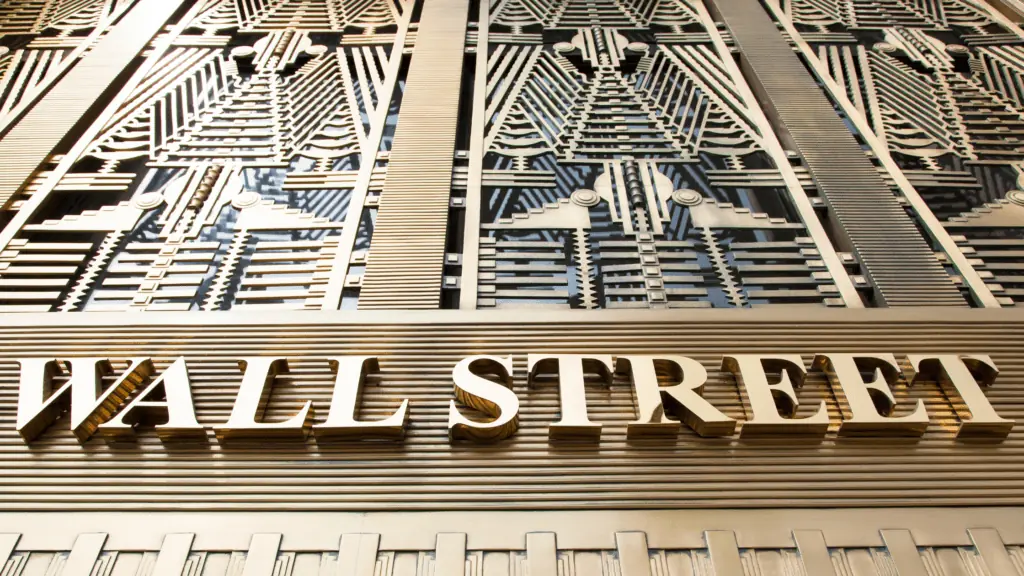With January well underway, I find myself still doing some reflecting on 2022. With the new year comes a sense of new beginnings and of looking to the future for sure, but it’s also a time to look back on the previous year as a lesson and to help chart our course for 2023. Unfortunately, 2022 provided us with plenty of learnings that we could do without. Last year was perhaps the most turbulent year investors have ever seen, and for good reason. Up until 2022, the markets were on a three-year winning streak, making 2022 that much more painful.
Last year’s stock market closed down, ending a brutal year for investors as Wall Street wrapped up its worst year since 2008. The bond market, often seen as a “safe haven,” has been pounded as interest rates have risen. Add to that cryptocurrency crashes, wild swings in commodities and continued market volatility, and many of us would like to put 2022 behind us.
Folks, there was no place to hide.
Causes for 2022’s poor performance are numerous. The year started out with lingering concerns from the COVID-19 pandemic and some of its long-term effects on the global economy (including significant supply chain issues). The Russian invasion in Ukraine escalated the decline as fears of energy disruption became apparent. We saw continuing high inflation, and aggressive rate hikes by the Feds in an attempt to curtail inflation. And we weren’t alone—global markets were also impacted by fears of economic recession.
On an individual level, those holding a traditional 60 percent in equities, 40 percent in bonds portfolio didn’t see big benefits from this allocation as both bonds and stocks lost in 2022. That combination was a double whammy for most people. There was no safe haven in bonds. So, with our time today, let’s dig into what we might look forward to in 2023.
For the folks who know me, they know me as a complete optimist…but also a realist. I don’t like to come across as a voice of doom, but uncertainty still hangs in the air as we head into 2023. For example, we can probably expect choppy trading in the stock market forecast, so it would be wise to take a cautious approach to the markets.
Some believe that the 2022 bear market was a necessary evil, a market correction of sorts, but this doesn’t really lessen the pain felt by investors who saw their portfolios decline. I believe that a key economic question for the stock market forecast for 2023 is whether the United States will enter a recession as the Federal Reserve tries to cool inflation.
Some experts believe we’ll see a recession in the first half of 2023, tapering off to be milder in the summer months. I believe that we’d all be wise to remember the words of legendary stock picker Sir John Templeton: “Whenever you get a wild excess on the upside, the following correction doesn’t just go back to normal; it almost always falls way below normal.”
For the past decade, all you had to do was be in the market to make money and these days you cannot just be in the market. You need to be purposeful and thoughtful and manage your expectations for what looks to be another challenging year in the markets. And this is a time where active management may be a more prudent strategy than passive, buy and hold investing so that you can pivot to account for a choppy 2023. What I try to teach folks is that it is not timing the market; it is time in the market.
So how can you better prepare yourself for 2023? Let me start with something I always recommend—have a system. Don’t just wing it and hope for the best. I believe your best chance of success will come from having an effective retirement system in place, not just a junk drawer of investments. Ensure your system takes into account your long-term goals and objectives—and marries that with what you own so your assets work toward a purpose.
Your system should account for today’s volatile economic climate because old strategies won’t work as well in today’s markets. For example, we’ve just seen that the traditional buy and hold 60/40 split can’t necessarily offer the protection it may have in the past. Your system should also include a downside risk mitigation system that incorporates quantitative data to help anticipate any type of market and includes tactics to help ensure a market crash doesn’t decimate your portfolio.
So you may want to also consider employing active money management strategies in markets like this. Strategic and tactical asset management are well-suited for volatile markets and can allow for intervention and changes to your holdings, perhaps even to cash, as market conditions dictate.
No one can accurately predict what this year will entail, but we do still have some control of our own risk budgets and our process. Now is a good time to revisit your current systems and ensure they align not only with your long-term objectives, but also include safeguards to protect against whatever 2023 throws our way. I am not in the business of predicting markets—no one should be—but it does not mean that you should not be prepared.
And as always—be vigilant and stay alert, because you deserve more!
Have a great week, folks.
Jeffrey Cutter, CPA/PFS, is president of Cutter Financial Group LLC, an SEC-registered investment adviser with offices in Falmouth, Duxbury and Mansfield. Insurance is offered through its affiliate, CutterInsure Inc. We do not offer tax or legal advice.
Mr. Cutter can be reached at jeff@cutterfinancialgroup.com. This information is intended to provide general information. It is not intended to offer or deliver investment advice in any way. Information regarding investment services is provided solely to gain a better understanding of the subject of the article. Different types of investments involve varying degrees of risk, including the potential for loss. Therefore, it should not be assumed that future performance of any specific investment or investment strategy will be profitable. Insurance product guarantees are backed by the financial strength and claims-paying ability of the issuing company. Market data and other cited or linked-to content is based on generally available information and is believed to be reliable. Cutter Financial does not guarantee the performance of any investment or the accuracy of the information contained in this article. Cutter Financial will provide all prospective clients with a copy of Cutter Financial’s Form ADV 2A, Appendix 1, applicable Form ADV 2Bs and Form CRS as well as the firm privacy policy. Please contact us to request a free copy via PDF or hard copy.








